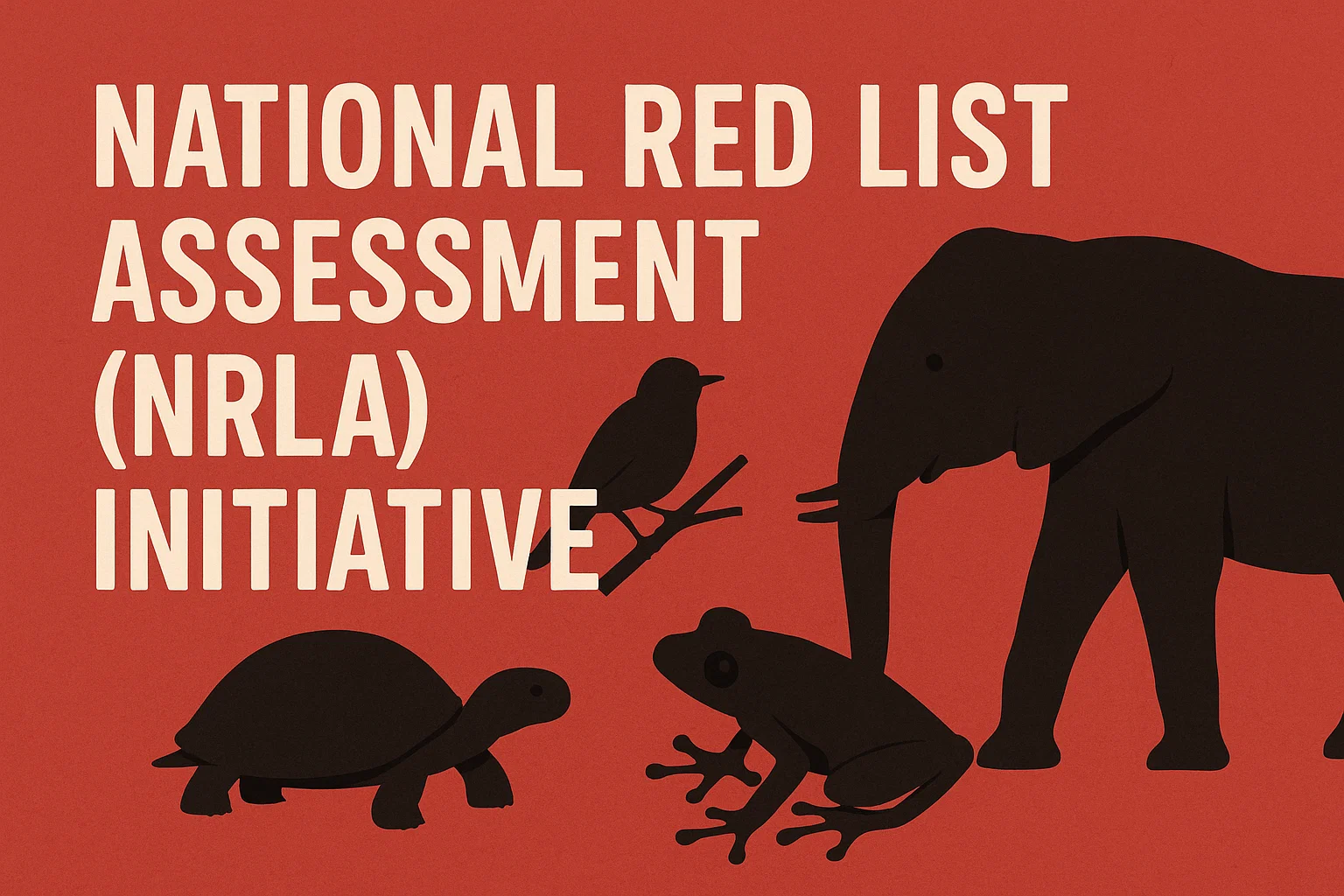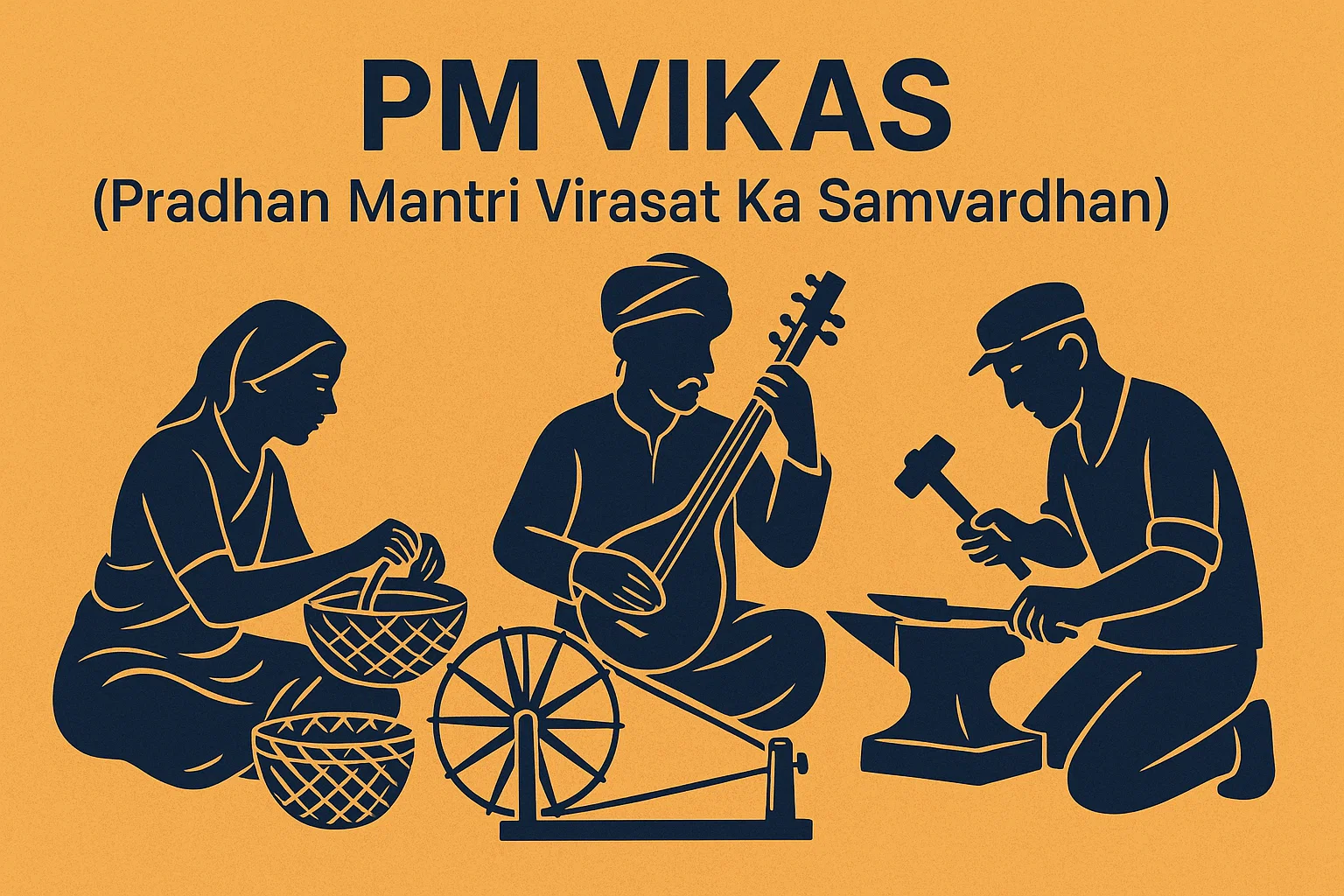Font size:
Print
Organ Donations to Women
Context: The National Organ and Tissue Transplant Organisation (NOTTO) has issued a directive that women patients and relatives of deceased donors will now receive priority in organ allocation.
What is the significance of organ donations?
- Saving Lives: It is the only definitive treatment for organ failure where other medical interventions are no longer effective.
- A single deceased donor can save up to eight lives through organ donation and enhance many more through tissue donation (e.g., corneas, skin, heart valves).
- Addressing the Demand-Supply Gap: While over 1.8 lakh Indians develop end-stage kidney disease annually, only about 12,000 kidney transplants are performed.
- Economic and Social Impact: Successful transplants allow recipients to return to productive lives, reducing the long-term healthcare costs associated with chronic treatments like dialysis and improving the overall quality of life for them and their families.
- Promoting Altruism and Social Cohesion: Organ donation, especially from deceased donors, is the ultimate gift of life and fosters a culture of empathy and social responsibility, transforming a tragedy into a lifeline for others.
Why is there a gender disparity in organ donations?
- Societal Roles and Patriarchal Norms: Women are often socialised into the role of caregivers and nurturers.
- Of 56,509 living organ donations in India between 2019-2023, 63.8% (36,038) were from women.
- Economic Dependency: Due to lower financial independence and economic security, women may find it harder to refuse a request for donation from a male family member upon whom they are economically dependent.
- Health Access and Awareness: Gender bias in healthcare access might lead to late diagnosis and slower listing of women for transplants.
- According to National Family Health Survey-5 (NFHS-5), 57% of women aged 15-49 are anemic, compared to 31% of men in the same age group.
- Medical Disqualification: Potential female donors are sometimes medically disqualified at a higher rate due to conditions like anemia, which is prevalent among Indian women, further skewing the donor pool towards those who are medically fit—often men.
How can the new policy address the challenges in organ donations?
- Directly Correcting Gender Imbalance: The policy of prioritising women patients on waiting lists is an affirmative action to counter the historical disadvantage.
- Strengthening Infrastructure: By advising states to create permanent posts for transplant coordinators, the policy addresses a critical bottleneck.
- These coordinators are essential for counselling families, navigating legalities, and facilitating the complex donation process, which can increase conversion rates.
- Expanding the Donor Pool: The directive to develop organ retrieval facilities in all trauma centres and register them is crucial.
- Building Capacity and Awareness: Training emergency responders and ambulance staff to identify potential donors early helps in timely action.


